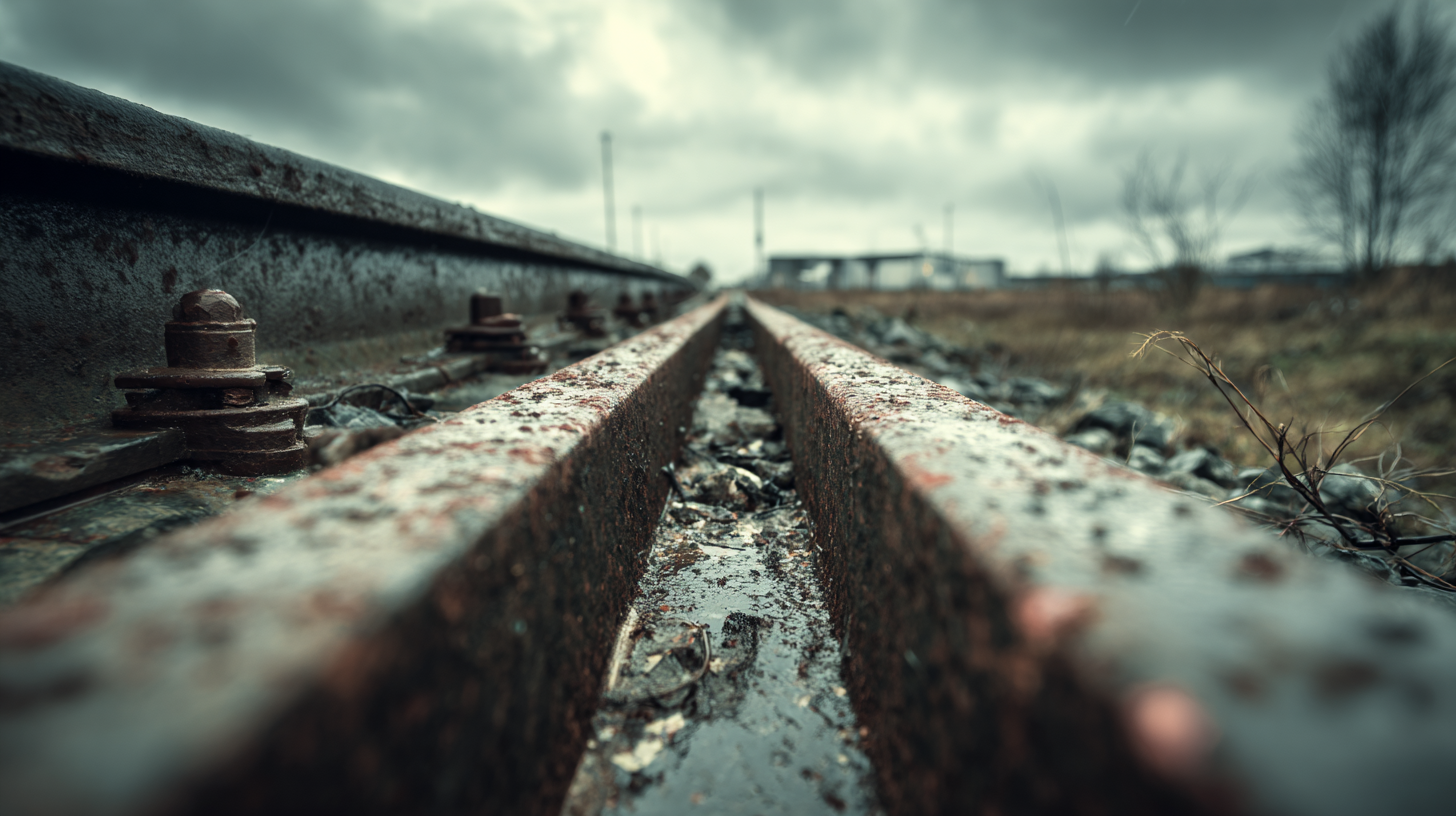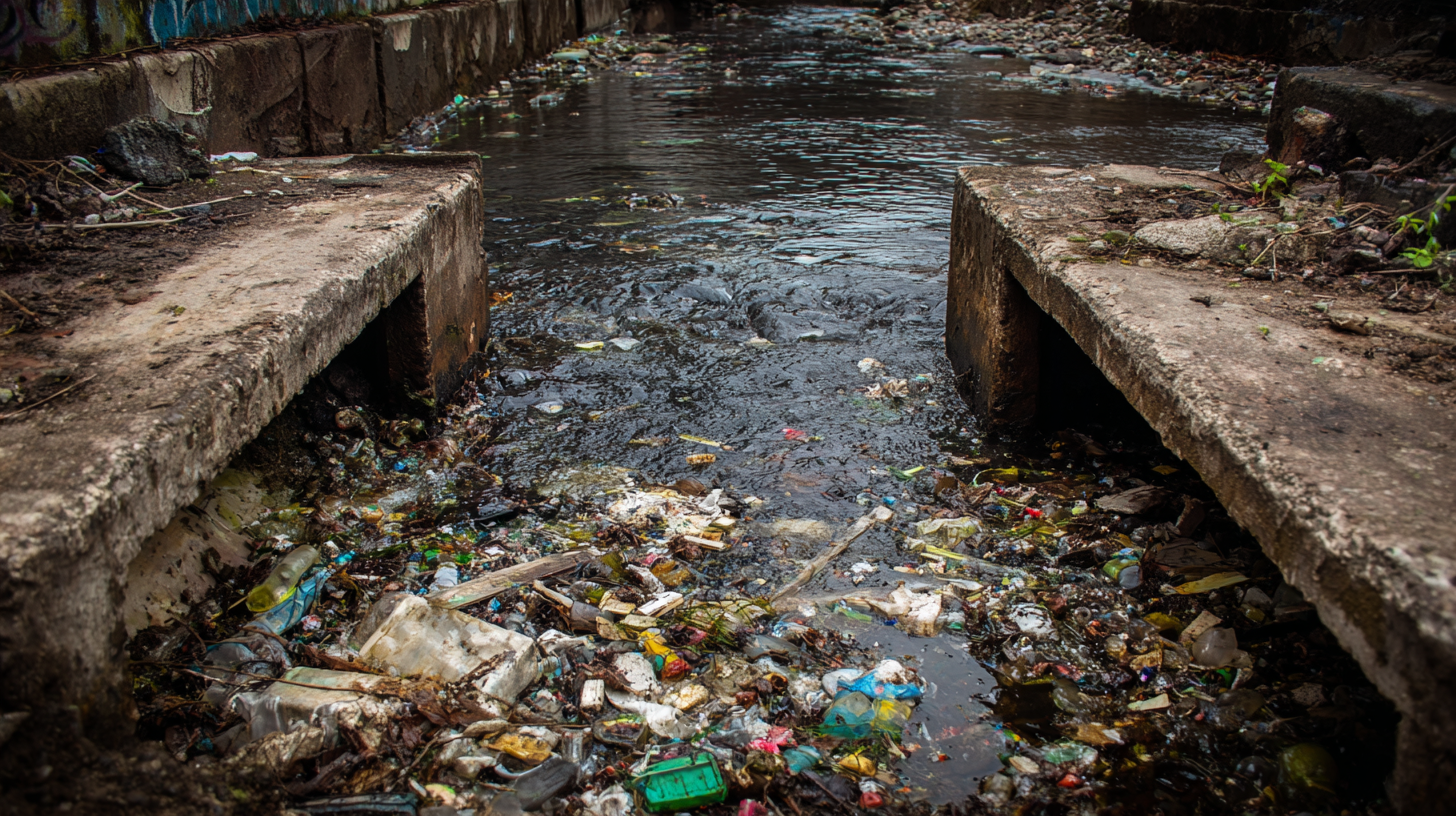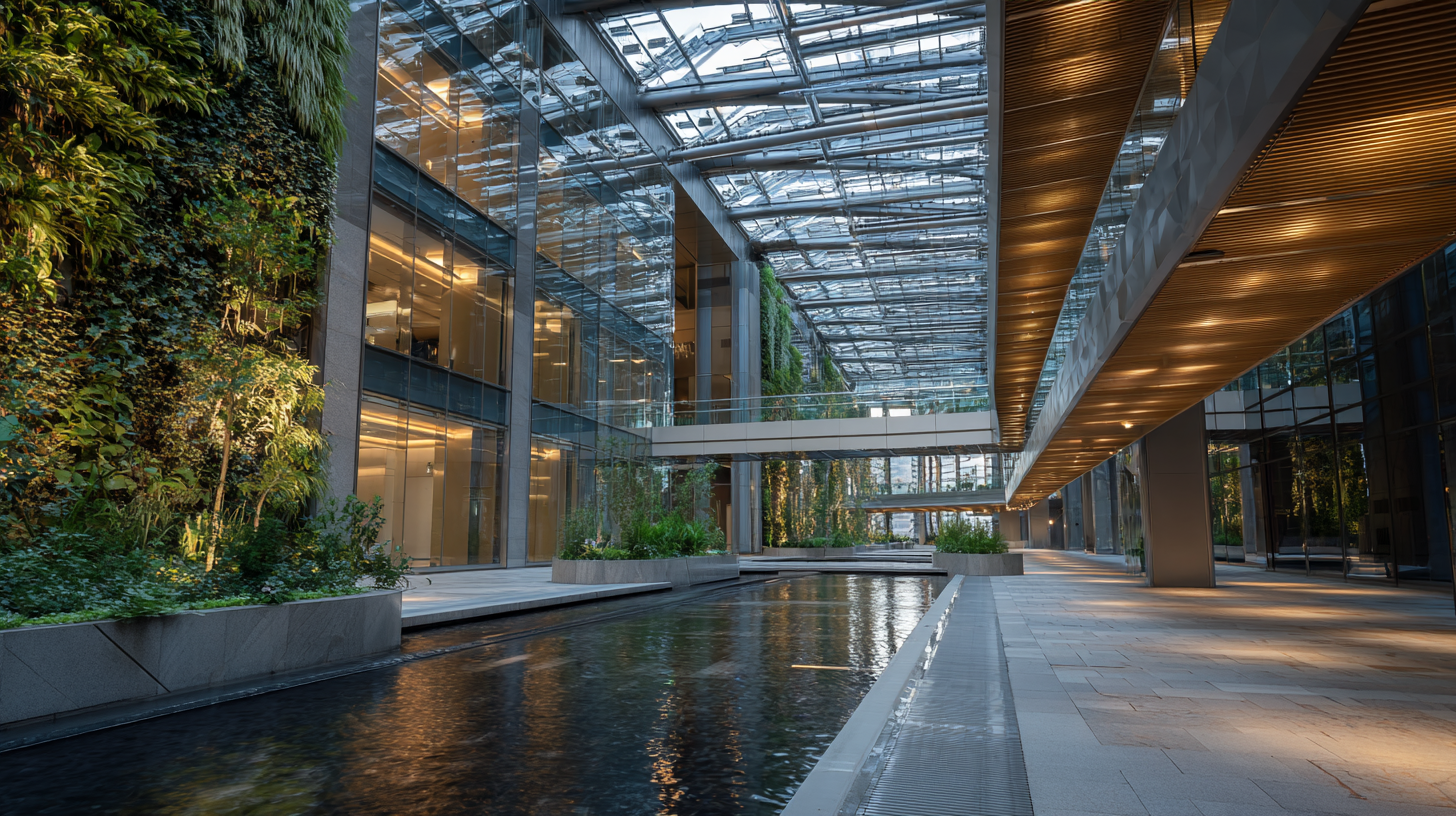Exploring the Benefits of Plastic Channels in Modern Infrastructure Development
In the realm of modern infrastructure development, the adoption of innovative materials is crucial for sustainability and efficiency. One such material that has gained considerable attention is the plastic channel, which offers diverse benefits compared to traditional alternatives. According to a recent industry report by Global Market Insights, the plastic channel market is expected to surpass $10 billion by 2027, driven by its lightweight nature, corrosion resistance, and ease of installation. As urban areas expand and the demand for robust drainage systems intensifies, plastic channels have emerged as a viable solution to manage stormwater effectively. Moreover, their versatility in various applications, from residential to industrial settings, underscores their significance in contemporary construction projects. By leveraging plastic channels, developers can not only enhance infrastructure resilience but also contribute to environmental sustainability, aligning with global initiatives to reduce carbon footprints in construction.

Understanding the Role of Plastic Channels in Infrastructure Projects
Plastic channels play a pivotal role in modern infrastructure projects, offering a versatile solution for various engineering challenges. These channels, made from durable materials, are designed to manage water drainage efficiently, reducing the risk of flooding in urban areas. Their lightweight nature simplifies transportation and installation, making them an attractive option for contractors. Additionally, plastic channels are resistant to corrosion, ensuring longevity even in harsh environmental conditions. This durability directly contributes to the overall effectiveness of infrastructure systems, minimizing maintenance costs and extending service life.
Moreover, the adaptability of plastic channels allows them to be integrated into diverse applications, from roadways to parks. Their flexibility in design means they can be molded to fit specific project requirements, enhancing aesthetic appeal without compromising functionality.
This versatility is crucial as urban planners and engineers seek sustainable solutions that align with both environmental considerations and infrastructure demands. Overall, the inclusion of plastic channels in infrastructure development not only enhances performance but also supports innovative designs that meet the needs of modern society.
Key Advantages of Utilizing Plastic Channels Over Traditional Materials
The use of plastic channels in modern infrastructure development presents numerous advantages over traditional materials such as metal and concrete. One significant benefit is their lightweight nature; according to a report by the Plastic Pipes Conference Association, plastic channels are about 50-80% lighter than their metal counterparts. This reduction in weight not only decreases transportation costs but also simplifies handling and installation, leading to faster project completion times.

Additionally, plastic channels exhibit excellent resistance to corrosion and chemicals, which is particularly beneficial in environments where traditional materials would degrade. A study published by the American Society of Civil Engineers highlights that plastic materials can last up to 100 years without significant maintenance, while metal may require frequent replacements due to rust and corrosion. Furthermore, the flexibility in design that plastic offers allows for easier modifications and adaptations in infrastructure projects, catering to specific project needs with minimal effort. This adaptability, combined with their durability, makes plastic channels an increasingly preferred choice in the construction industry.
Sustainable Practices: The Environmental Benefits of Plastic Channels
The demand for sustainable infrastructure is growing, and plastic channels have emerged as a viable solution offering multiple environmental benefits. According to a report by the Plastics Industry Association, the use of recycled plastics in construction can help reduce greenhouse gas emissions by up to 50% compared to traditional materials. This significant reduction is pivotal as the construction sector accounts for nearly 39% of global CO2 emissions, according to the Global Alliance for Buildings and Construction.
Additionally, plastic channels contribute to waste reduction efforts. A study by the Ellen MacArthur Foundation revealed that up to 80% of the plastic waste generated globally could be recycled into new products. By incorporating recycled plastic channels into modern infrastructure, not only is the lifecycle of plastic extended, but it also diverts waste from landfills, thereby alleviating the pressure on waste management systems. Moreover, plastic channels are resistant to corrosion and decay, extending their lifespan significantly—often over 50 years—compared to traditional materials, which further enhances their sustainability profile by minimizing the need for frequent replacements and conserving resources.
Environmental Benefits of Plastic Channels in Infrastructure Development
Design Considerations for Implementing Plastic Channels in Construction
When implementing plastic channels in construction, several design considerations must be taken into account to maximize their benefits. First, it is essential to assess the load-bearing capacity of the channels, especially in infrastructure projects where heavy loads are common. Selecting the right material composition and thickness can ensure the channels withstand the stresses of their environment while maintaining durability over time.
Additionally, the integration of plastic channels with existing systems requires careful planning. Proper alignment and connections to drainage systems or other infrastructure elements are crucial for efficiency and effectiveness. The allowance for thermal expansion and contraction is also vital in ensuring that the channels maintain their integrity despite fluctuating temperatures. Moreover, incorporating features such as UV resistance and chemical durability enhances the lifespan of plastic channels, leading to lower maintenance costs and the overall success of construction projects.
Exploring the Benefits of Plastic Channels in Modern Infrastructure Development
| Parameter | Description | Benefits | Considerations |
|---|---|---|---|
| Material Versatility | Plastic channels can be made from various polymers tailored for specific applications. | Durable, resistant to corrosion and chemicals. | Must select appropriate polymer for environmental exposure. |
| Weight | Plastic channels are significantly lighter than metal alternatives. | Easier to transport and install, reducing labor costs. | Ensure structural integrity under load conditions. |
| Installation Speed | Quick and easy to install due to lightweight and modular designs. | Reduces project timelines significantly. | Proper training of personnel for installation is necessary. |
| Cost-Effectiveness | Lower material costs compared to metals, especially in large quantities. | Overall project savings can be substantial. | Life-cycle costs should be assessed. |
| Environmental Impact | Plastic channels can be produced from recycled materials. | Contributes to sustainability in construction. | Consider end-of-life disposal and recycling options. |
Case Studies: Successful Applications of Plastic Channels in Modern Developments
In recent years, plastic channels have emerged as a vital component in modern infrastructure projects. Their lightweight and durable nature has led to successful applications across various development scenarios. For instance, the implementation of plastic drainage channels in urban areas has significantly improved stormwater management. In cities like Amsterdam, these channels have been integrated into the landscape, efficiently directing water away from roadways and reducing flooding, while also minimizing soil erosion.

Another compelling example can be found in the construction of transportation networks. In a recent highway expansion project in California, plastic channels were utilized for cable management and drainage systems. Their corrosion-resistant properties ensured a longer lifespan compared to traditional materials, ultimately leading to lower maintenance costs and enhanced overall safety for commuters. These case studies underscore the versatility and effectiveness of plastic channels in achieving modern infrastructure goals, making them an attractive option for engineers and developers looking to innovate.


